On June 19, 1976, NASA’s Viking 1 Orbiter was inserted into Mars orbit. Both Viking 1 and Viking 2 spacecraft were consisting of an orbiter and a lander.
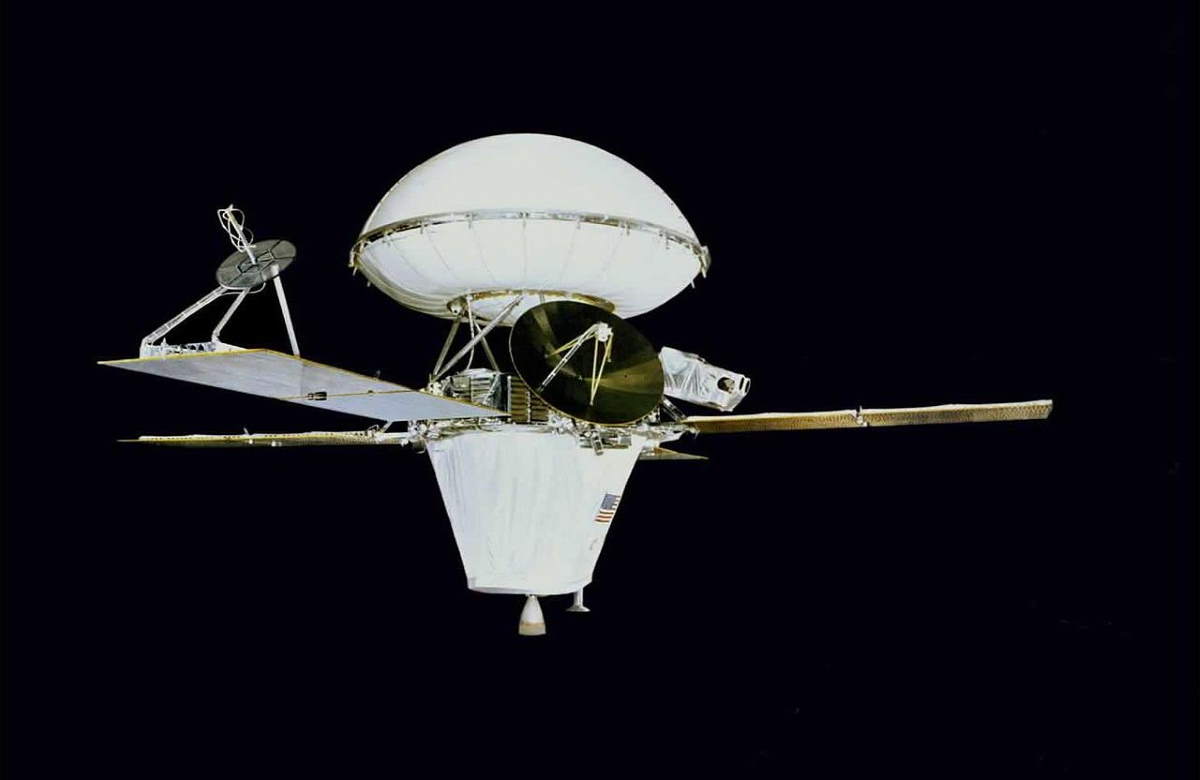

On June 19, 1976, NASA’s Viking 1 Orbiter was inserted into Mars orbit. Both Viking 1 and Viking 2 spacecraft were consisting of an orbiter and a lander.

On June 18, 1983, Space Shuttle Challenger and the STS-7 crew launched from NASA’s Kennedy Space Center, Florida. With the launch, one of the mission specialists, Sally Ride became the first American woman to fly in space.
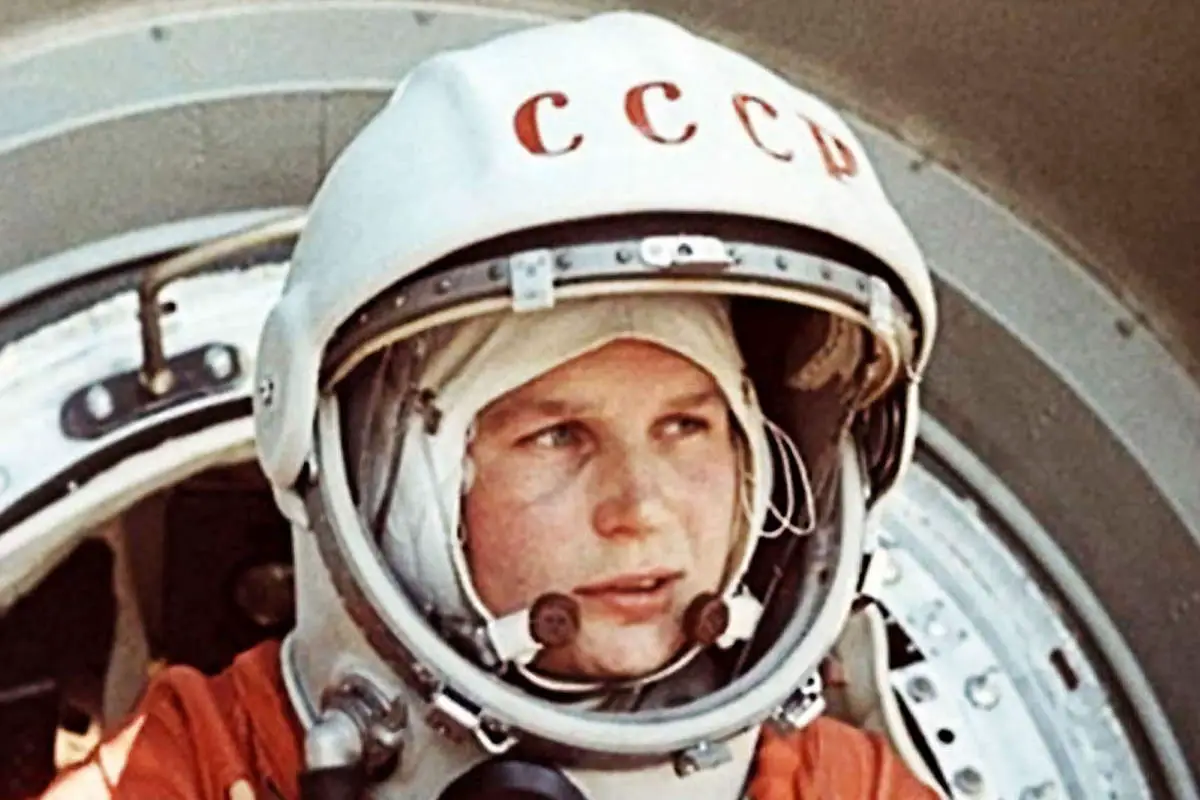
On June 16, 1963, aboard the Vostok 6 spacecraft, Soviet cosmonaut Valentina Tereshkova became the first woman in space. She made 48 orbits around Earth and spent 2 days, 22 hours, and 50 minutes in space.
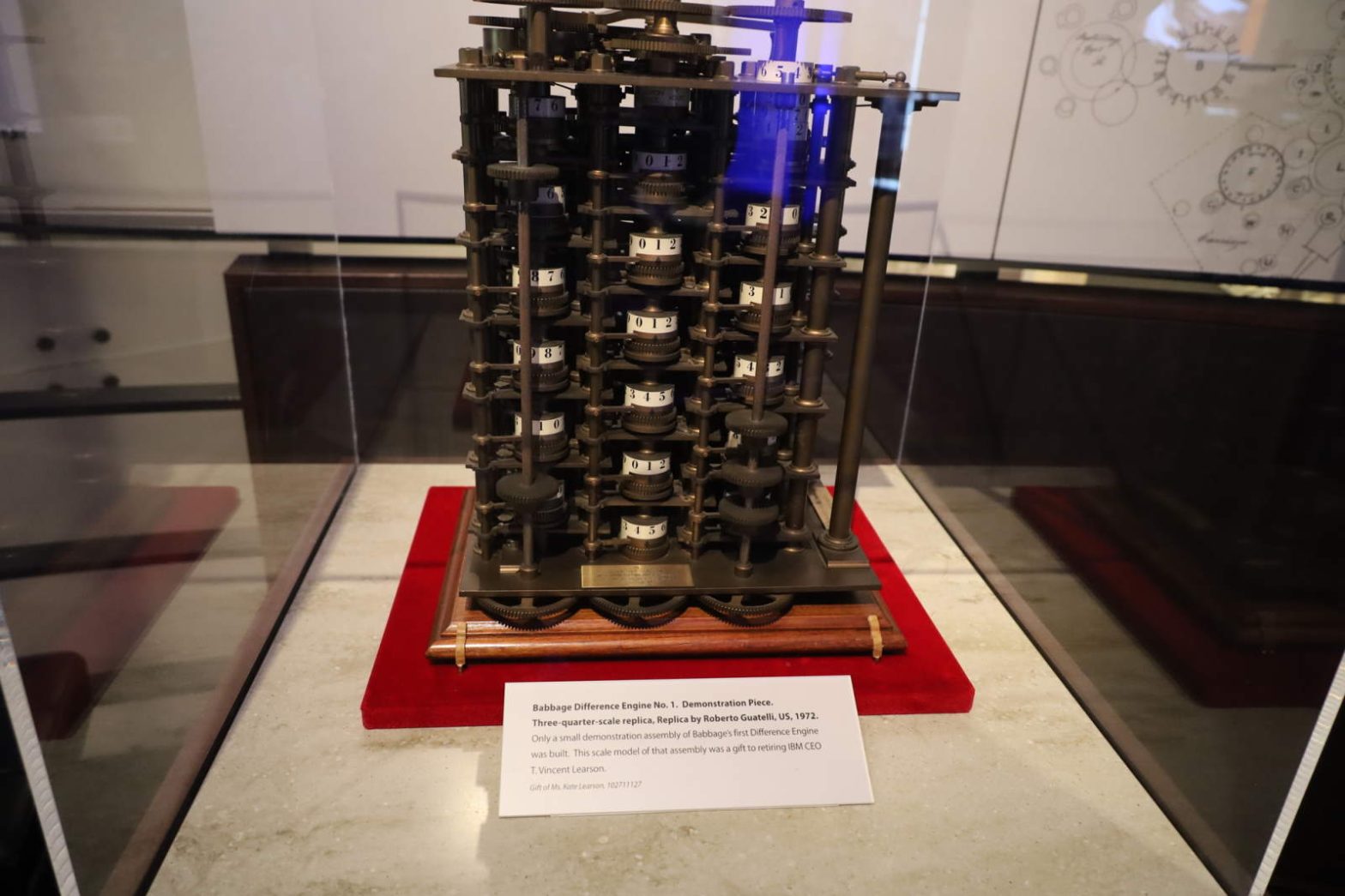
On June 14, 1822, English polymath Charles Babbage (26 December 1791 – 18 October 1871) announced his invention of the Difference Engine on 14 June 1822, in a paper to the Royal Astronomical Society. The title of the paper was “Note on the application of machinery to the computation of astronomical and mathematical tables”.
It was the first that kind of machine Babbage has built, so it’s called Difference Engine 0.
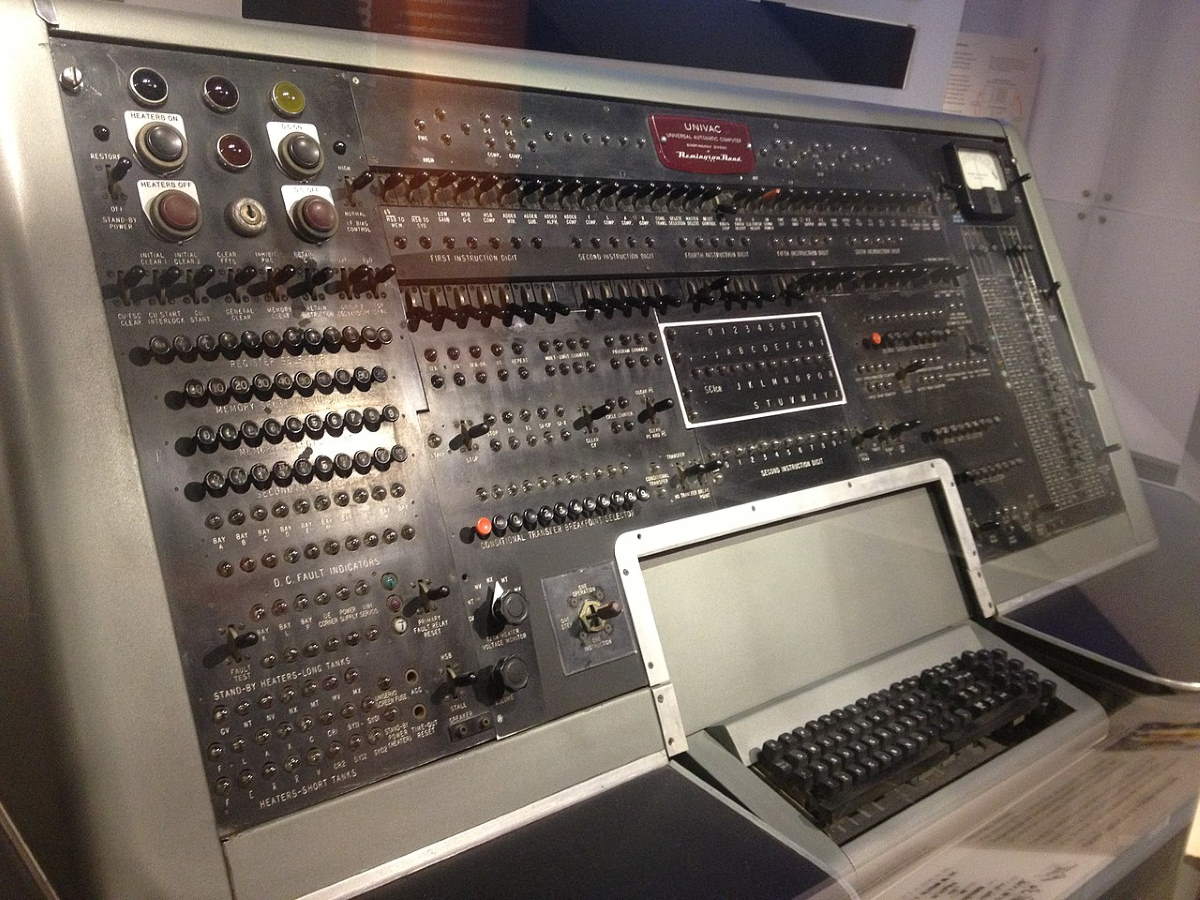
On June 14, 1951, UNIVAC I (UNIVersal Automatic Computer I), the world’s first general-purpose electronic digital computer was unveiled. running on a 2.25 MHz clock, it was capable of completing 1,905 instructions per second.
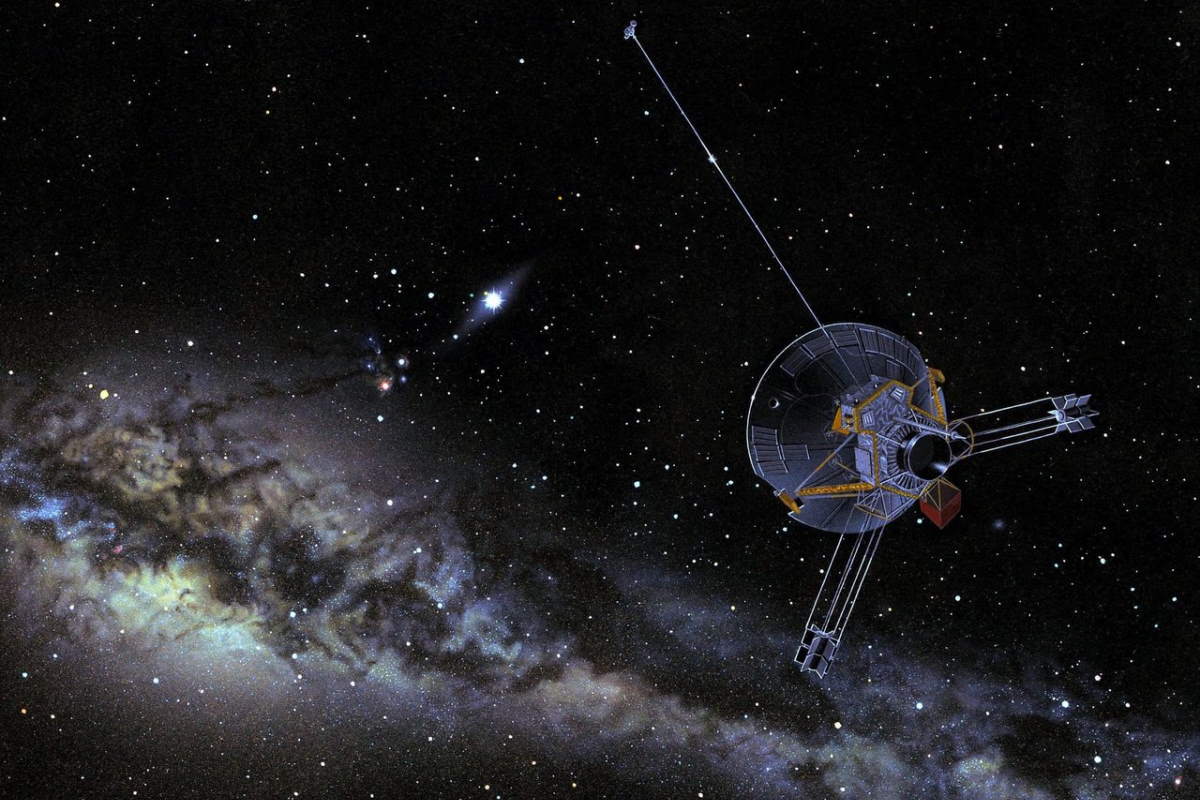
On June 13, 1983, Pioneer 10 became the first spacecraft to pass beyond the orbit of Neptune. So, it is the first spacecraft to pass beyond all the solar system planets.
On June 12, 1967, the Soviet Union launched Venera 4, which means “Venus 4” in English, a probe in the Soviet Venera program for the exploration of the planet Venus. It became the first successful probe to perform in-place analysis of the environment of another planet.
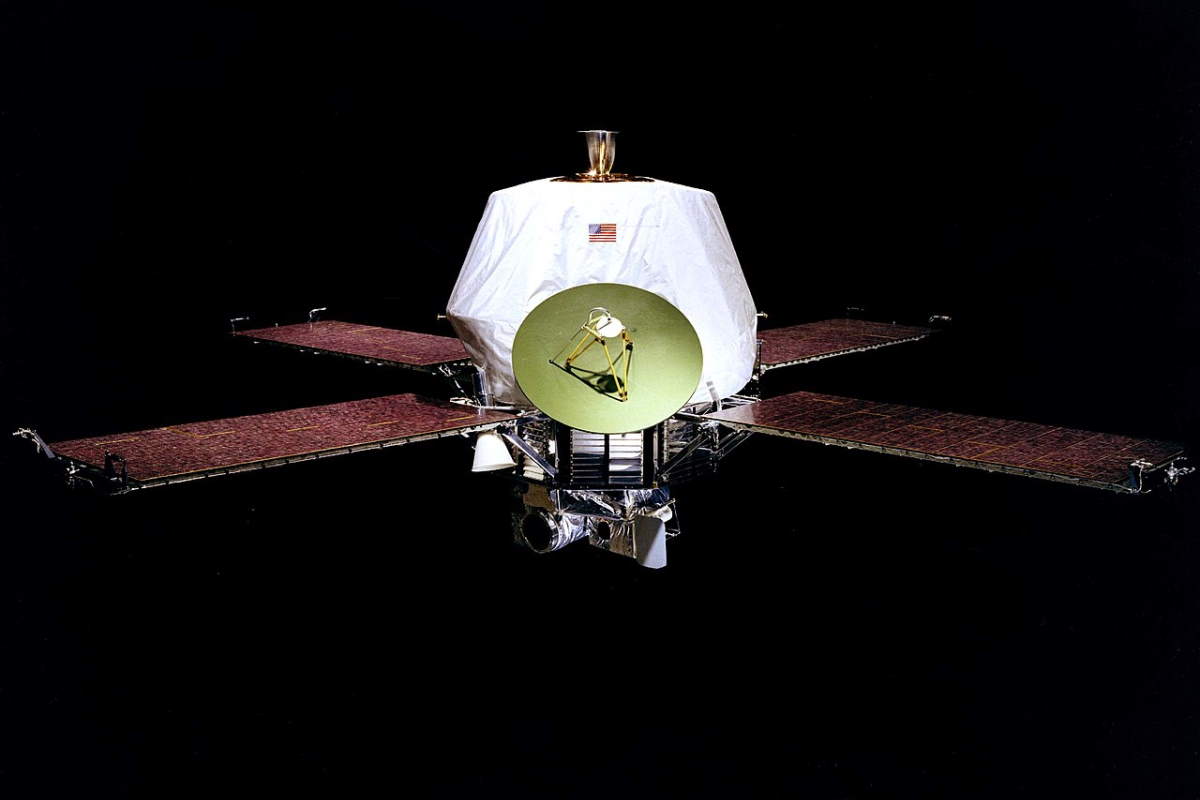
On May 30, 1971, Mariner 9 robotic spacecraft was launched from LC-36B at Cape Canaveral Air Force Station, Florida on top of an Atlas SLV-3C Centaur-D rocket. It reached Mars on November 14 of the same year and became the first spacecraft to orbit Mars, and in general, another planet.
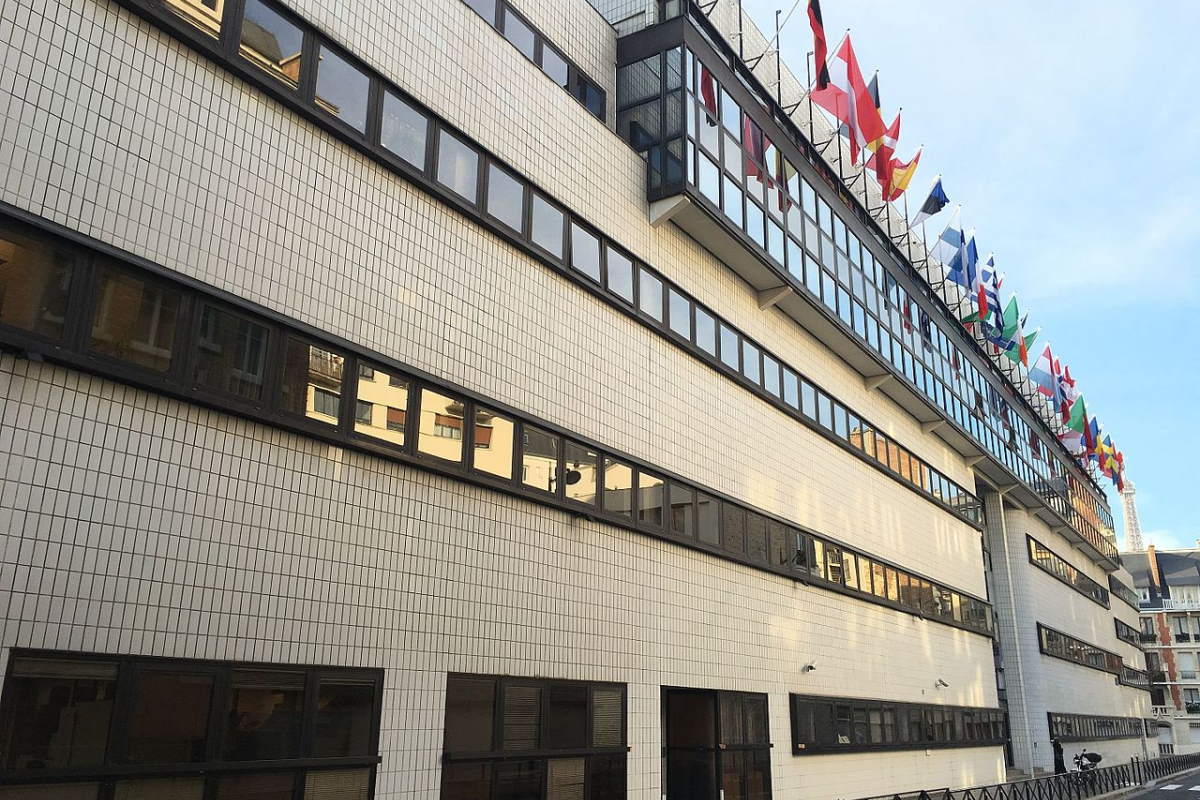
The European Space Agency (ESA), an international organization dedicated to the exploration of space was founded on May 30, 1975.
Shortly after its formation, on August 9, 1975, the space agency ESA launched its first major scientific mission, Cos-B, a space probe monitoring gamma-ray emissions in the universe, which was first worked on by ESRO (European Space Research Organization, one of the precursors of the European Space Agency).
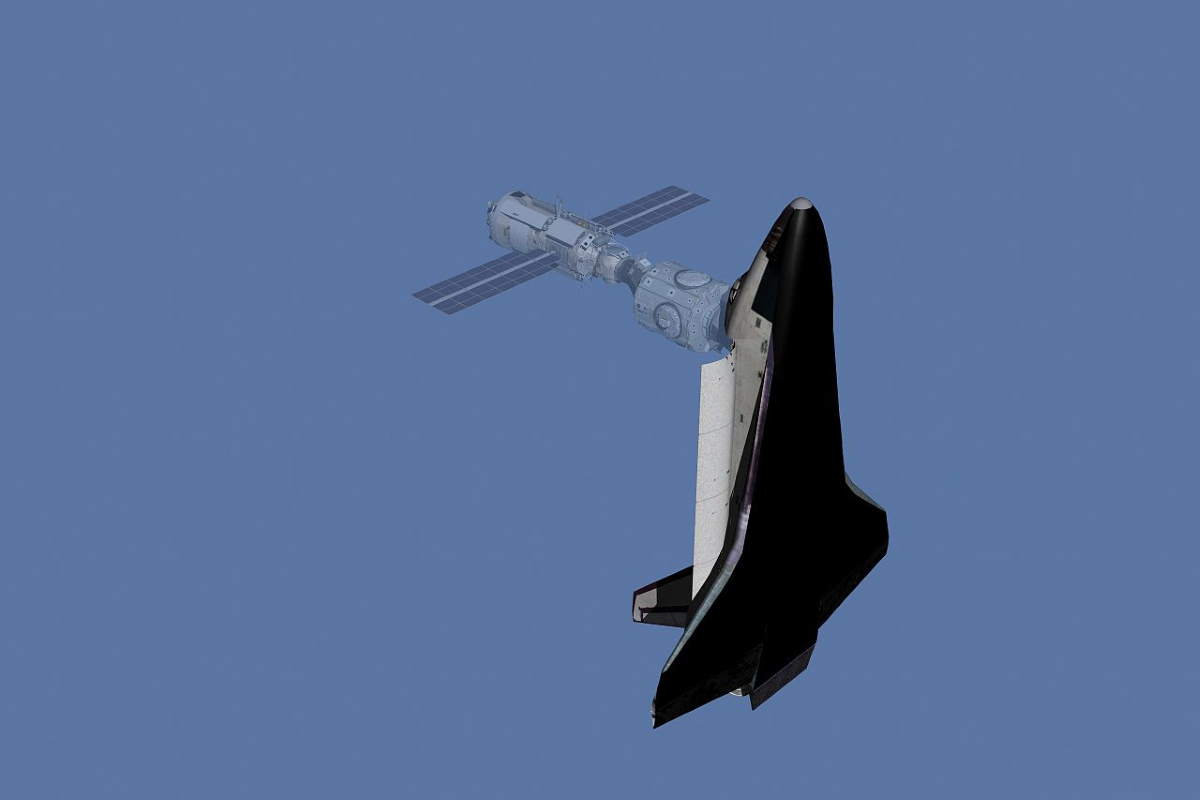
On May 29, 1999, the STS-96 crew aboard the Space Shuttle Discovery became the first to dock with the International Space Station. Using the Integrated Cargo Carrier, Discovery delivered the Russian cargo crane, STRELA, the SPACEHAB Oceaneering Space System Box, and the American crane, ORU Transfer Device, to the space station.